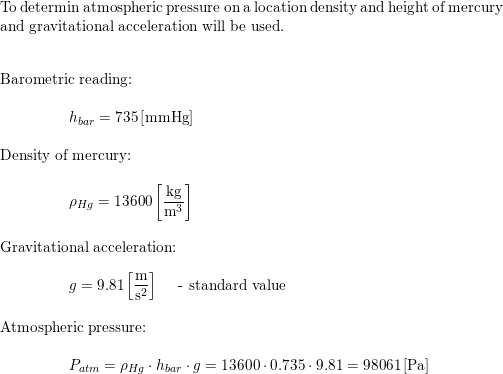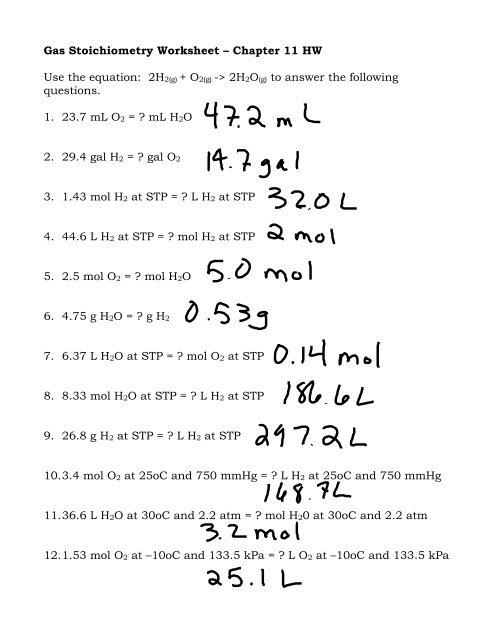


Atmospheric pressure is also often stated as pounds/square inch (psi). Standard atmospheric pressure is called 1 atm of pressure and is equal to 760 mmHg and 101.3 kPa. Another commonly used unit of pressure is the atmosphere (atm). A pascal is a very small amount of pressure, so the more useful unit for everyday gas pressures is the kilopascal (kPa). The pascal (Pa) is the standard unit of pressure. An equivalent unit to the mmHg is called the torr, in honor of the inventor of the barometer, Evangelista Torricelli. One unit of gas pressure is the millimeter of mercury (mmHg). Tire pressure is best measured when the tire is cold since driving the car for a while will heat up the air in the tire and increase the pressure.Ī barometer measures gas pressure by the height of the column of mercury. The pressure on the tire is the maximum pressure for that tire, not the recommended one.
750 MMHG TO ATM MANUAL
The recommended pressure for that model of car (usually somewhere between 32-35 psi) is usually listed in the owner’s manual or stamped somewhere inside the door. Solution: multiply the atm value by 760.0 mmHg / atm. equals 760.0 mm Hg, so there will be a multiplication or division based on the direction of the change. Subsequently, one may also ask, how do you convert ATM to mmHg One atm. The car gets better gas mileage and the tires don’t wear out as fast. Therefore, 101.325 kPa 1 atm 760 torr and 100 kPa 1 bar 750 torr. The ride is smoother and safer than with lowered pressure. I could have done this since I know the volume of A (which is V 1) is 4.4 times the volume of B (which is V 2).There are several benefits to maintaining the proper air pressure in a car tire. fig.)ħ) Comment: I could have assigned an arbitrary volume of 1 to V 2, making the value for V 1 be 4.4. The problem specifies P and T are also constant.ĥ) Since there is a VM/m for nitrogen and a VM/m for argon, we have this:Ĭontainer A (nitrogen): V 1 = 4.4V 2, M 1 = 28.0 g/molĬontainer B (argon): V 2 = V 2, M 2 = 40.0 g/mol N = m/M, where M is the molar mass of the gas and m is the mass of the gasĢ) Substituting one into the other, we have this:ģ) Some factors are constant, some are variable: What is the mass of the Ar (in g) within container B?ġ) For this problem, there are two equations of interest: (22.4 L / 1.00 mol) = (x / 1.27 mol) 1.50 − 0.046117 = 1.45 g H 2O liquid (to three sig figs)īonus Problem #2: Container A holds N 2 gas with a mass of 56.2 g and is 4.4 times the volume of container B which holds argon (Ar) gas at the exact same temperature and pressure.

Problem #16: What volume will 1.27 moles of helium gas occupy at STP? Problem #15: How many moles of a gas would be present in a gas trapped within a 37.0 liter vessel at 80.00 ☌ at a pressure of 2.50 atm? Problem #14: How many moles of gas would be present in a gas trapped within a 100.0 mL vessel at 25.0 ☌ at a pressure of 2.50 atmospheres? Note the conversion from mmHg to atm in the denominator. Problem #13: Calculate the volume 3.00 moles of a gas will occupy at 24.0 ☌ and 762.4 mm Hg. Multiply the answer (which is in atm) by 760.0 mmHg atm¯ 1 to get mmHg If we used g, the mol unit in R would not cancel and we need to have it cancel because we require atm (and only atm) to be in the answer. This is done in order to convert grams to moles, because the value for R contains mol as the unit for amount of substance. Please note the division of 1.09 by 2.02. What is the pressure in this container in mmHg? Problem #12: 1.09 g of H 2 is contained in a 2.00 L container at 20.0 ☌. If we used mmHg, the pressure units would not cancel and we need to have them cancel because we require mol (and only mol) to be in the answer. This is done in order to convert the pressure from mmHg to atm, because the value for R contains atm as the pressure unit.

Problem #11: How many moles of gas are contained in 890.0 mL at 21.0 ☌ and 750.0 mm Hg pressure? ChemTeam: Ideal Gas Law: Problems #11 - 25


 0 kommentar(er)
0 kommentar(er)
